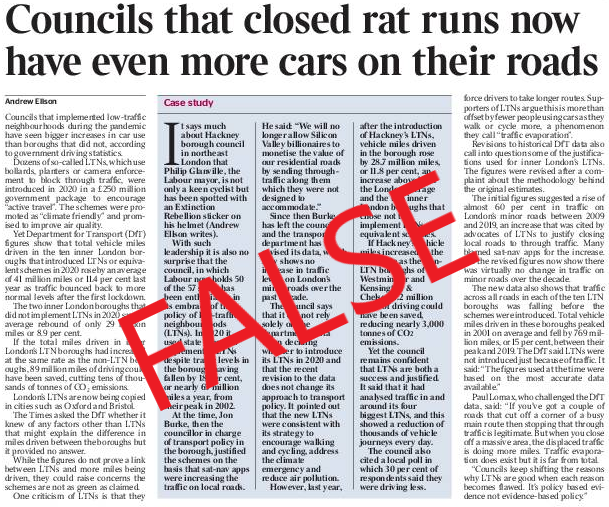1/ I talk a lot about the cooling effects of street trees and green infrastructure during heatwaves, but one of the best ways of mitigating against high daytime temperatures is reducing high nighttime temperatures.
Let's talk about that.
Let's talk about that.

2/ Concrete, tarmac, and other hard and synthetic materials - think the astroturf pitch (car tyre dump) or plastic play surfacing your Council recently installed - accumulate heat throughout the day and do not begin to release it until the external temperature begins to fall. 

3/ Hard, man-made surfaces therefore turn cities into giant storage heaters, and this has a magnifying effect on the follow day's temperatures. Many studies have explained this effect, which can alter local nighttime temps by 17-25% (Ibsen et al, 2022).
pubmed.ncbi.nlm.nih.gov/35306078/
pubmed.ncbi.nlm.nih.gov/35306078/
4/ So, how can we reduce the 'storage heater effects' of hard surfaces in cities? Actually, it's quite simple, if not necessarily easy because of the vested interests of those who benefit from keeping things the way they are.
We need to *cover and eliminate*.

We need to *cover and eliminate*.


5/ By "cover", I mean we need to shade as much of the hard surfacing that stores the heat as possible. This means achieving a *minimum* of 40% on street tree canopy cover, because that's the level beyond which temperatures really start to fall (Ziter et al, 2019). 

6/ *But*, trees are not the only ways to provide shade in cities, building dense, medium height housing with narrow walkways *alongside* green infrastructure can have a huge impact, as can green roofs, and innovative, playful-even, interventions such as awnings. 







7/ By "eliminate", what I mean is that we need to steadily REMOVE concrete, steel, and glass surfaces from our cities and DISPLACE them from new projects using construction materials that cool our cities, such as cross-laminated timber, which will also decarbonise construction. 



8/ But, of course, the short-run ability to transform the built environment of our cities by turning them into timber-framed carbon sinks is, well, challenging to say the least, so what can we do in the meantime?
Well, it turns out quite a lot actually.
Well, it turns out quite a lot actually.

9/ That's why I started breaking the ground in Hackney with the largest depaving programme in the U.K. By removing space for cars - which also add 1C to our cities - and replacing plastic play surfacing with greenery, we can start tackling the Urban Heat Island effect of today. 







10/ So, that's my thread about how we can implement cheap, practical measures today to reduce nighttime temperatures, the Urban Heat Island effect, and heatwaves tomorrow.
And if your council won't listen, remember that your first duty is to our children. #tacticalurbanism
And if your council won't listen, remember that your first duty is to our children. #tacticalurbanism

• • •
Missing some Tweet in this thread? You can try to
force a refresh

















